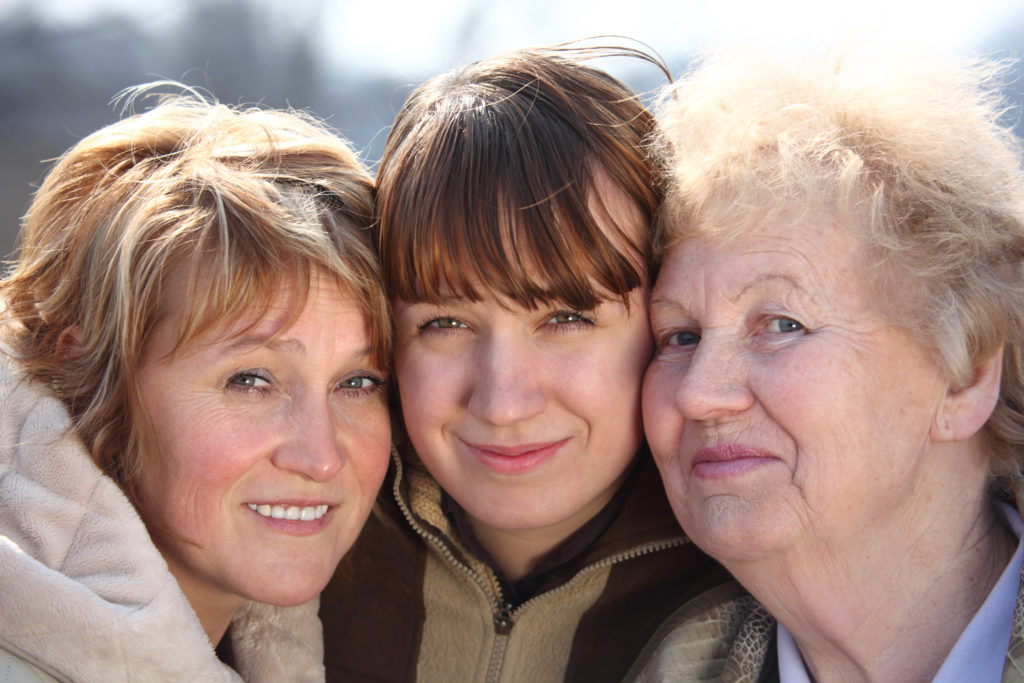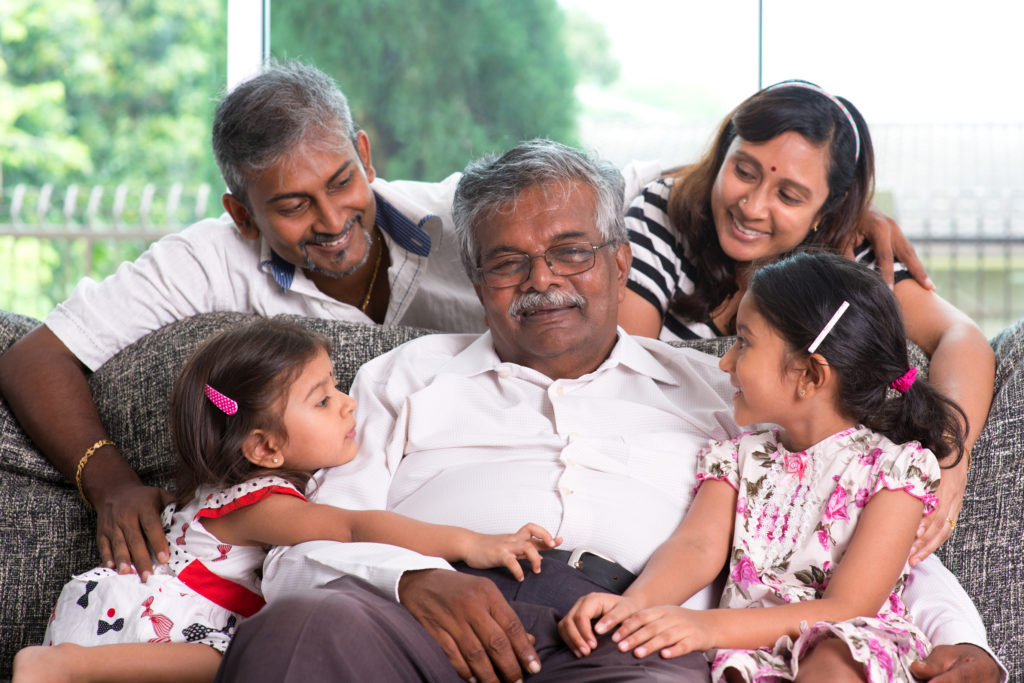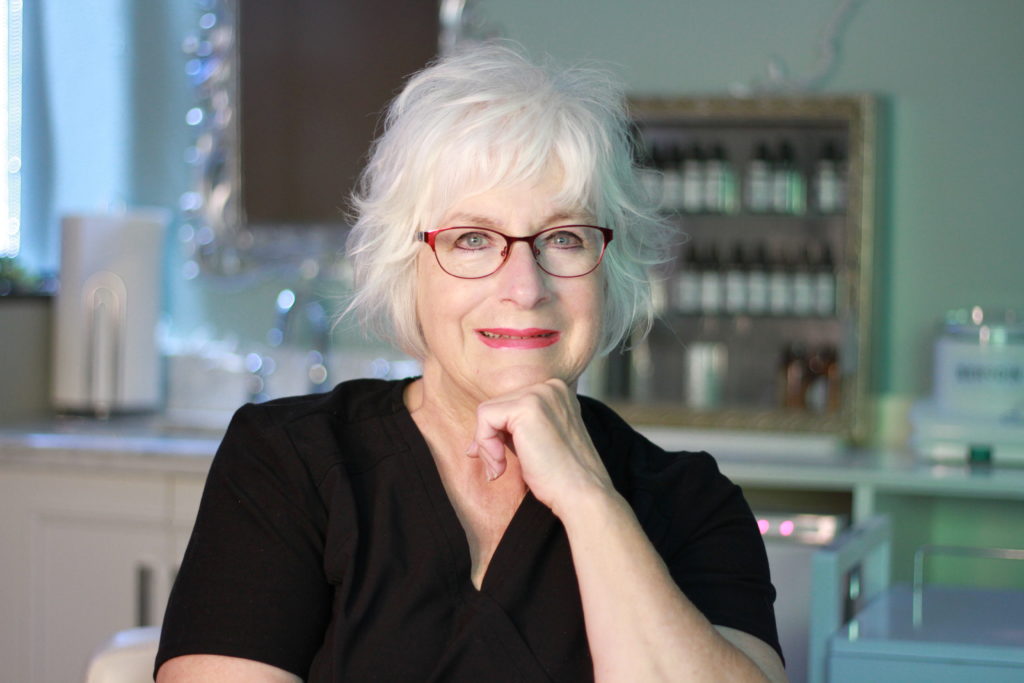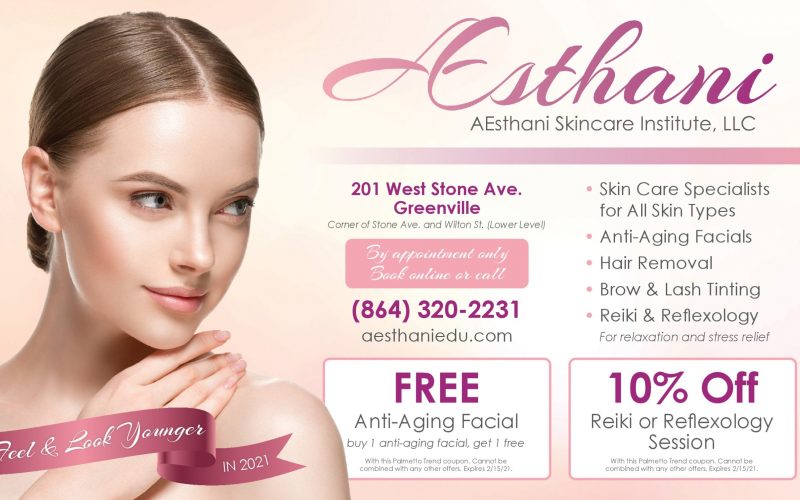
The ageing process extends into all cellular regions of the body and mind. Additionally, it is far reaching into the social and economic sectors of everyday life. Modern viewpoints including stereotyping are reflective of the society in which one resides. We will explore some historical aspects to gain a greater insight into a grander picture of what the 55+ generations may be facing as they strive to remain healthy and continue working longer than what was traditionally considered retirement age.
Undoubtedly a clearer understanding of the ageing progression goes way beyond the depth of a wrinkle! No matter where one lives, a key to healthy ageing is to be able to journey through this phase of one’s life in a functional and healthy manner to ensure a quality of life into older years. Successful ageing requires developing healthy habits, including taking care of our skin, our body, mind and thoughts. Moreover, it is essential to surround ourselves with positive and supportive individuals whether in our work and where we reside.
How Old Is Old? Cultural variations
It is undeniable that we are faced with several objectives when exploring the ageing process. Attitude, acceptance, and what we do with it all varies with personal and cultural viewpoints.1 Cultural viewpoints about getting older were found to be associated with four key aspects of ageing.2
{1} Physical Health and Functioning
Successful ageing is seen as older people having energy, vitality, and interesting activities. They are able to maintain health and strength to carry on their daily activities. Physical decline means loss of mobility, frailty, and signals a deteriorating quality of life.
{2} Financial & Material Security
Quality of living implies optimum health and financial/material security as being important. Material security can be defined differently across various cultures. A more consistent theme refers to subsistence and the assurance that food is available along with safe, warm shelter. Many countries focus on pensions and old age benefits, retirement, money and the accumulation of material wealth to ensure quality of life into old age.3
{3} Family and Kinship
A key safety net for growing older is one’s relationships, especially with family. Some cultures traditionally delegate this responsibility to one selected son who upon marriage, resides with his parents and helps manage a common household.
In many western cultures, problematic aging can be a result of the absence of a family. Moreover, family members may be estranged from their elders. Families in these cultures play less of a central role in providing economic and physical support of older kinfolk. Additionally, a change in job status of a family member can easily place distance between elder relations and the close ties that come with living nearby. There is a special family connection when there is close companionship with trusted relations. And no matter what the distance, many families support the interests of their children and grandchildren.
{4} Social & Quality of Ageing
The aspect of “community” is highly important as social connection supports both the emotional and physical requirements of belonging and feeling valued. A sense of belonging is essential to the well-being of all individuals, including the elderly. Many seniors may also philosophically look upon getting older as contentment, peace, relaxation, toleration, reflection and the freedom to do what they wish.4
Researchers concur that there are turning points in life, especially in our mid-40s where we begin to notice subtle changes that include increased feelings that we are losing our autonomy (independence), the inability to withstand external pressure, and the perturbations (worries) about everyday life.3 The way we age is dependent upon the way we live. Keeping an active mind and body is paramount to a happier, healthier life. The healthiest societies tend to work through these stages of life through various means continuing on with quality of living into an older age.
Ageing and Balance

Ageing begins at birth. It has been defined as a balance between the individual and the environment. Throughout our life we accumulate various changes and characteristics that begin to mold us including our thinking, our creativity, how we react in life and how we cope.
During a remarkable 2008 study directed by Dan Buettner – The Blue Zones Solutions – he and his research team searched the globe looking for the prescription for success and happiness when it comes to longevity. What they discovered were five regions they called “blue zones” where people lived the longest and healthiest. They also discovered a common theme containing nine controllable factors that contributed to longevity and health. Surprising enough, they were actually based on where one lived —- not education, marital status, and wealth.5 Called Power of 9®, these basic attributes permeated amid these long-lived people. Indeed, a model formula for healthy ageing.
- Move naturally – get out and walk.
- Know your purpose – know the reason why you are living in the first place.
- Slow down – chronic inflammation is caused by stress. It is related to every age-related major disease. Take time every day to meditate, rest, pray, or enjoy a happy hour with friends.
- 80% rule – cut your calories.
- Plant (Food) power – color your immunity. Eat a variety of colorful fruits and vegetables every day. People in the Blue Zones eat their smallest meal in the late afternoon or early evening.
- Red wine (in moderation) – for antioxidant benefits. Consume with a plant-based meal. There are also non-alcoholic grape beverages that are high in resveratrol and ellagic acid that have anti-inflammatory benefits.
- Family first – living in a thriving family adds years onto your life expectancy.
- Belong – reconnect and remain in a faith-based spiritual community. It does not matter what your denomination. A key is to participate in a spiritual community.
- Add years to your life. Choose your friends carefully. Hang out with people who support healthy behaviors and possess a sense of commitment and positive support to one another.2
1 Zani, A. (June 2011). Timeless Traditions… Healthy Life. Dermascope Magazine. p 77
2 Fry. C., et al (2008). Culture, Aging and Context. Chapter 5 – Culture and the Meaning of A good Old Age. pp. 14, 102, 105 Retrieved from http://www.usfsp.edu/~jsokolov/webbook/fry.pdf
3 Egendorf, L. (2002). An Aging Population. http://www.enotes.com/aging-population-article/
4 IBID – Ref 3
5 Buettner, D. (2008). Blue Zones: Lessons for Living Longer from the People Who’ve Lived the Longest. National Geographic.

Alexandra Zani is an international educator and author with 30+ years in the professional skin care and spa industry.
Contact Alexandra at AEsthani Skincare Institute to learn more alexandra@aesthaniedu.com


